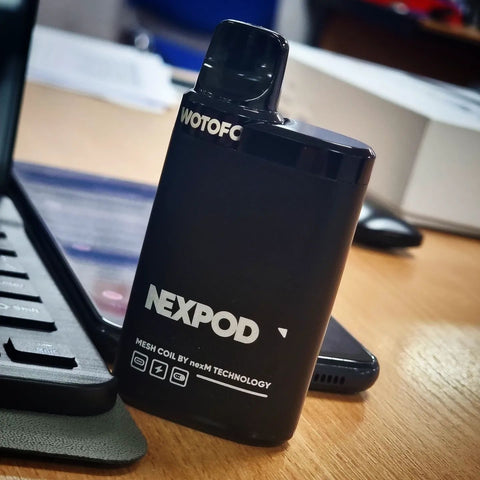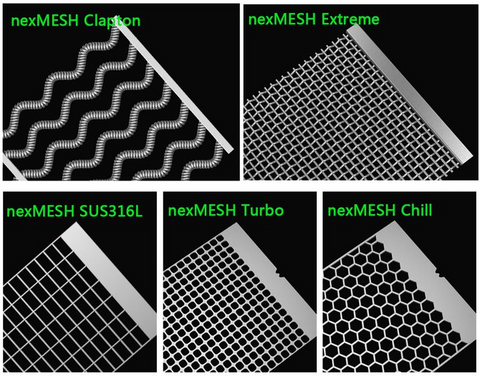What comes to mind every time nicotine is mentioned is tobacco, irrespective of whether it’s meant for vaping, smoking, or medicinal purposes? Nicotine is mainly obtained from tobacco, and this is a logical affiliation and thus often products that contain nicotine are subjected to the same legislation as tobacco products.
Sometimes, though not all times, nicotine is generated from non-tobacco products which are regarded as synthetic nicotine.
For the longest time, tobacco products have been profiled with unfortunate reputations by agencies as having dangerous effects on your health such as lung infections and cardiovascular diseases. But this is absolutely different when it comes to e-cigs because there’s neither combustion nor production of smoke. Besides, the nicotine contained in these vape flavors is pharmaceutical grade nicotine which is 99.9%.
Nicotine keeps consumers using nicotine products, even when they’re compelled to quit. It’s highly addictive as it changes the way our brains work, triggering cravings for more when we go for some time without ingesting it. Some nicotine products including vape flavors and cigarettes deliver nicotine to the bloodstream very fast where it’s absorbed into the brain in a fraction of a second. Teens and young people are at higher risk of becoming highly addicted because their brains are developing.
The majority of them aren’t aware of how easy it is to become a “slave” of nicotine products as a great percentage of them are misguided by peer pressure. In adolescents, exposure to nicotine can damage normal brain development and cause long-term disorders like increase impulsivity, depression, bipolar, or mood disorders. That’s why it’s always advisable to sell nicotine products to persons above 21 years of age.
Away from the adversities of nicotine, one of the main reasons for switching from smoking to vaping is the need to reduce health risks associated with smoking. Also, addiction to the alkaloids, nicotine, in particular, found in tobacco alongside the experience of smoking, vaping is such a significant way of eliminating the harms posed by smoking ordinary cigarettes. The nicotine used in vape flavors is extracted from tobacco plants and this implies that technically, vape flavors are classified as part of the Tobacco Products Directive (TPD).
Also, it means that vape flavor producers have limited ability and licensing to promote and market their products. For instance, most vaping sites require visitors to those sites to declare their age before being allowed to view the content. Synthetically generated nicotine, simply synthetic nicotine is a major replacement to free smoking and it’s less restricted by tobacco product legislation. But what’s synthetic nicotine and how’s its safety?





Leave a Comment